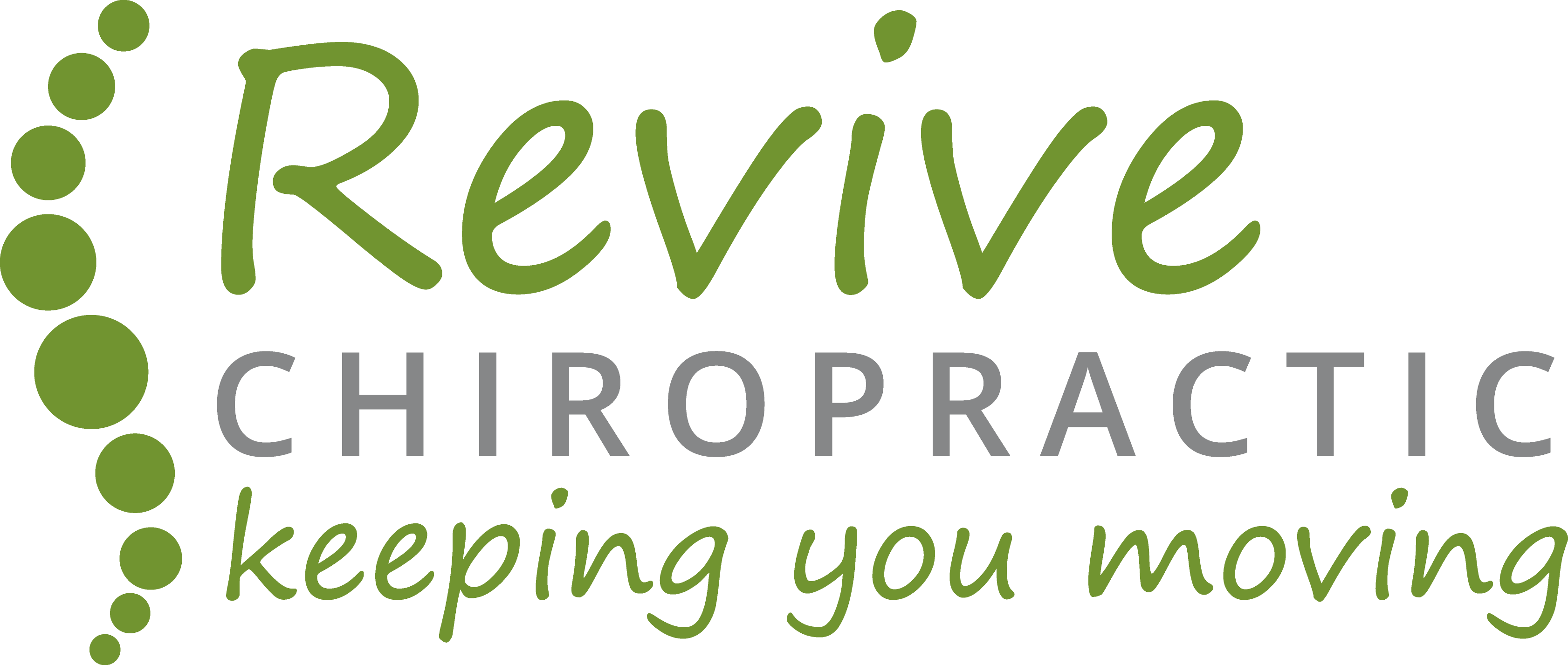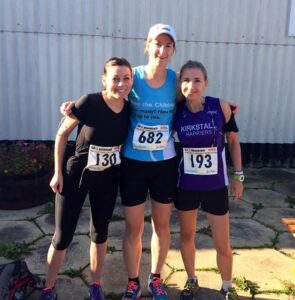
Following on from last weekend’s London Marathon, it seems a great time to discuss some of the most common running injuries and how low back pain can occur in runners. So look out for the next series of articles and blog posts from Revive Chiropractic all about running injuries and back pain in runners.
We see lots of runners here at Revive Chiropractic; from parkrun first timers to athletes training 5 or 6 times a week and no group are immune from running related injuries. From a back pain point of view, one of the first things to look at is tight hip flexors.
The hip flexors are the psoas muscle and the iliopsoas muscle that run from the low back and pelvis and attach onto the top of the thigh bone.
The job of the hip flexor is as the name suggests flexing the hip! In layman’s terms this is lifting the leg up in a bent position as if you are marching on the spot. Because when you run you use your hip flexors repeatedly there is a tendency for the hip flexors to over-tighten and become chronically shortened. This in turn leads to anterior tilting of the pelvis and resulting additional pressure on the lumbar facet joints (the joints of the spine).
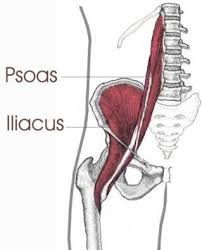
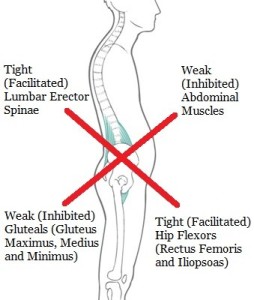
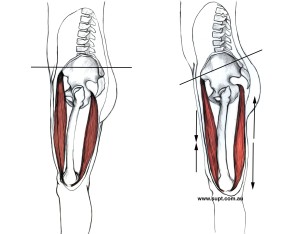
If you are feeling a bit tight and achy after a run then stretching is a good place to start. The quadriceps also works as a hip flexor so good to stretch that out too!
Stretches should be held for at least 30 seconds and repeated at least daily and definitely after any running. Chiropractic treatment can also help to mobilise or free-up the restricted lumbar facet joints and help to restore normal pelvic movement. This in turn will allow for a more fluid and energy efficient running style so you waste less energy and run quicker.


